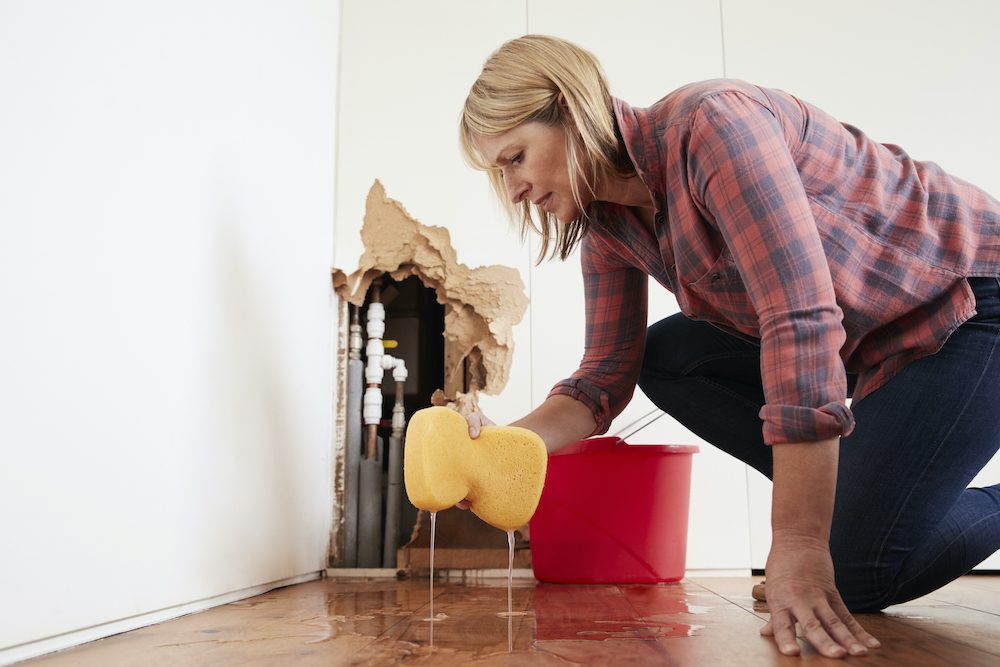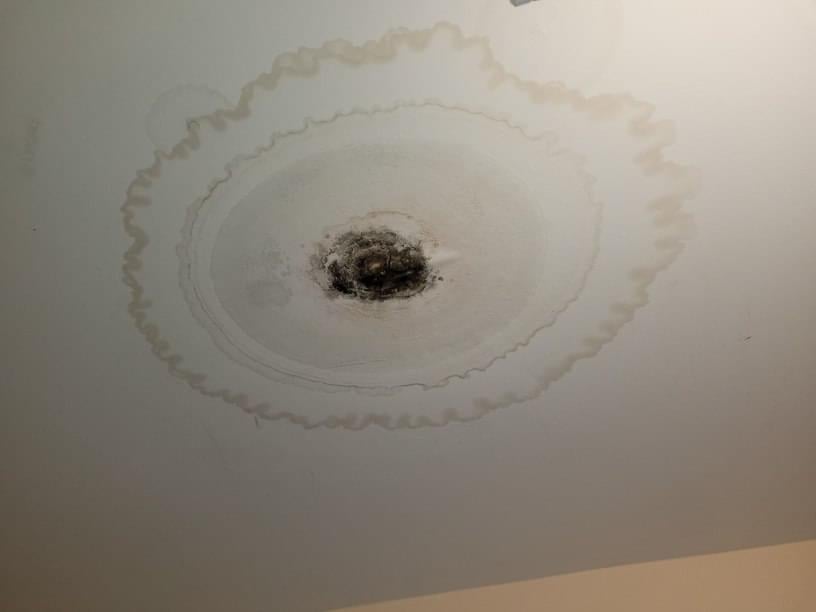We've encountered this post about Locating water leaks down the page on the web and concluded it made perfect sense to discuss it with you on this page.

Early detection of dripping water lines can mitigate a prospective disaster. Some little water leaks might not be visible.
1. Check Out the Water Meter
Every residence has a water meter. Checking it is a surefire manner in which aids you find leakages. For starters, switch off all the water resources. Ensure no one will purge, utilize the faucet, shower, run the washing maker or dish washer. From there, go to the meter and watch if it will certainly transform. Given that no one is utilizing it, there should be no activities. If it relocates, that suggests a fast-moving leak. If you discover no modifications, wait a hr or two and also check back once more. This indicates you might have a slow leak that might even be underground.
2. Inspect Water Usage
Examine your water expenses and track your water consumption. As the one paying it, you ought to notice if there are any discrepancies. If you spot sudden changes, despite your usage being the same, it suggests that you have leaks in your plumbing system. Remember, your water bill need to drop under the same variety every month. An unexpected spike in your costs indicates a fast-moving leak.
Meanwhile, a consistent rise monthly, despite the exact same behaviors, reveals you have a slow-moving leakage that's also slowly escalating. Call a plumber to extensively inspect your building, specifically if you really feel a warm area on your flooring with piping beneath.
3. Do a Food Coloring Test
30% comes from toilets when it comes to water intake. Test to see if they are running properly. Decrease flecks of food color in the storage tank and wait 10 mins. There's a leak in between the tank as well as dish if the color in some way infiltrates your dish during that time without flushing.
4. Asses Outside Lines
Do not neglect to check your exterior water lines as well. Ought to water permeate out of the connection, you have a loosened rubber gasket. One small leak can lose lots of water as well as increase your water expense.
5. Inspect as well as Evaluate the Situation
Homeowners ought to make it a behavior to inspect under the sink counters and also even inside closets for any kind of bad odor or mold growth. These 2 warnings show a leak so prompt interest is needed. Doing regular inspections, even bi-annually, can conserve you from a significant trouble.
If you recognize your residence is currently old, maintain a watchful eye on your heaters, tubes, pipelines etc. Check for stainings and also deteriorating as a lot of pipes and devices have a life expectancy. They will additionally naturally deteriorate as a result of damage. If you presume leaking water lines in your plumbing system, do not wait for it to intensify. Call a specialist plumber as soon as possible so you don't end up with a dreadful mess in your home.
Early discovery of leaking water lines can reduce a possible calamity. Some tiny water leaks might not be noticeable. Examining it is a surefire way that assists you find leakages. One small leakage can throw away bunches of water and spike your water bill.
If you suspect leaking water lines in your plumbing system, don't wait for it to escalate.
How to Know If Your Home Has a Hidden Leak
Water Meter Reveals Inexplicable Water Usage
If you’d like to test whether or not there’s a leak somewhere in your home, you can do this using your water meter. Here is how to conduct the test:
Don’t use any water in your home for at least 30 minutes; this also means not turning on faucets or water-using appliances.
Go outside, and check your water meter for activity.
If your water meter shows that there was activity, even though no one was using any water, this proves that there is a leak in your home.Visible Mold or Mildew Growth
Leaks behind walls create moist, dark environments that allow mold and mildew to grow and thrive. Eventually, you might see mold growth forming on the wall closest to a hidden leak.
If mold is growing in an area that receives a high amount of moisture, such as a bathroom, it may simply be an indication that better ventilation is needed. However, if you see mold growth on a wall or the ceiling in an area where you would not expect, you probably have a hidden leak.
Musty, Mildew Odor
Sometimes you might not be able to see the mold or mildew that is growing as a result of a leak. However, the smell can give the problem away just as easily. If you catch a whiff of something musty, there’s a good chance that old water is collecting somewhere in your home that you can’t see.
Stained/Warped Walls, Ceilings, or Floors
When your home soaks up water, a variety of red flags can become visible, including ceiling stains, bubbling drywall, warped walls, and sagging floors. While these issues can be caused by excess humidity, they can also be signs that a pipe or plumbing connection has started leaking behind your walls.
Inexplicably High Water Bill
After a while, you get a general sense for what your water bill should be. If you own a pool or sprinkler system, your bill will tend to be higher during summer. However, if you receive a water bill that seems especially high, and you can’t figure out what caused it, then you may have a hidden leak somewhere that’s increasing your bill.
https://www.plumbingjoint.com/blog/2019/july/how-to-know-if-your-home-has-a-hidden-leak/

I am just very occupied with Detecting hidden plumbing leaks and I'm hoping you liked our entry. Are you aware of anybody else who is in to the subject? Please feel free to promote it. Thanks a lot for taking the time to read it.